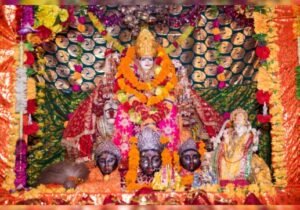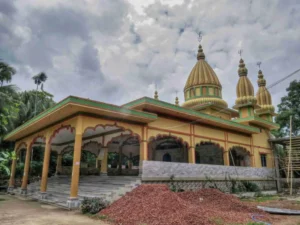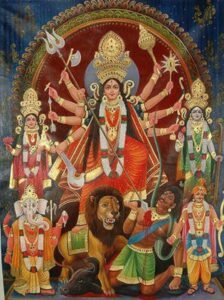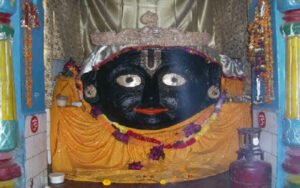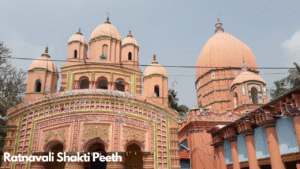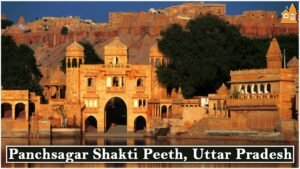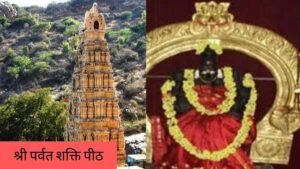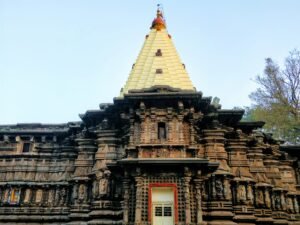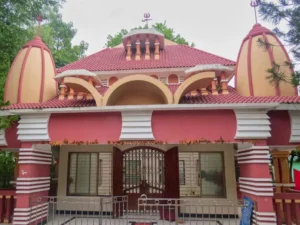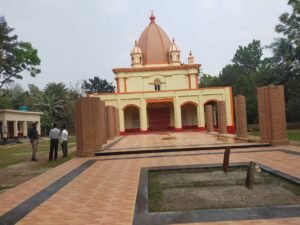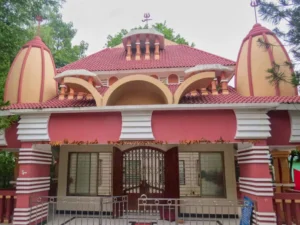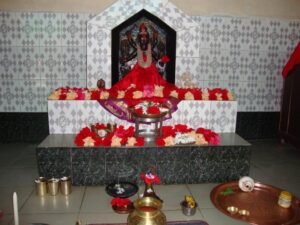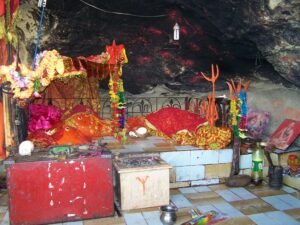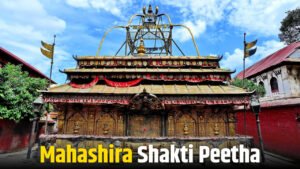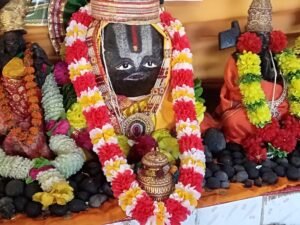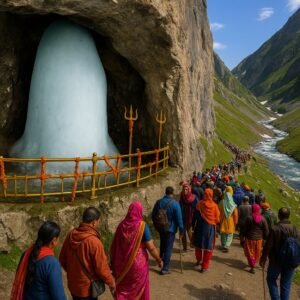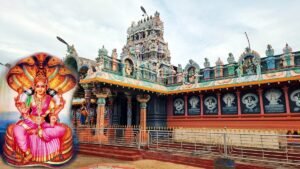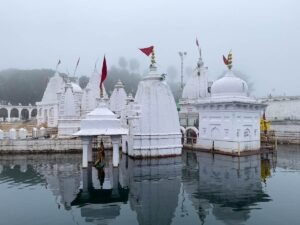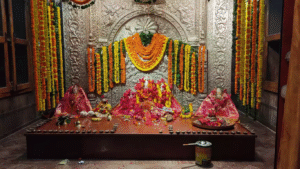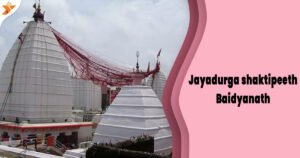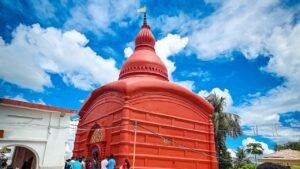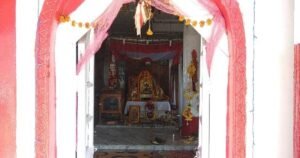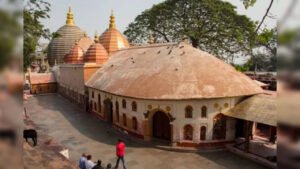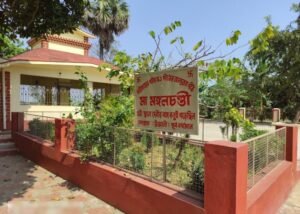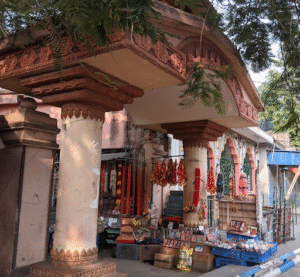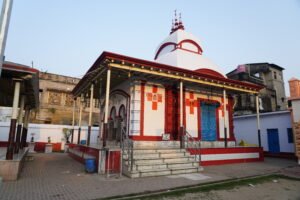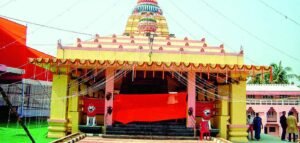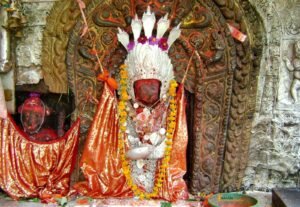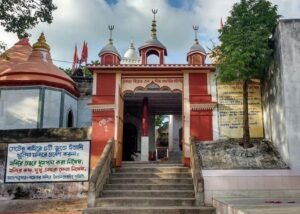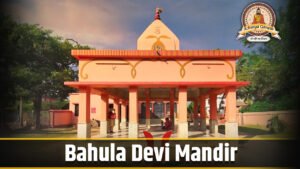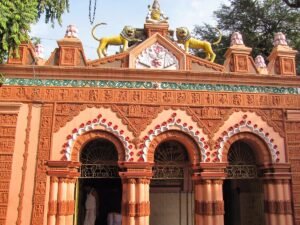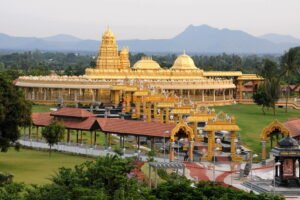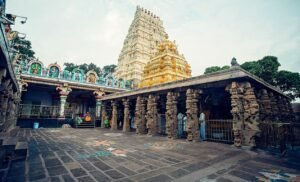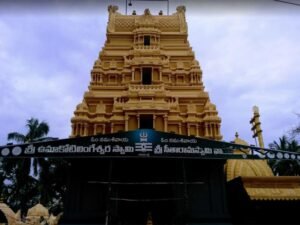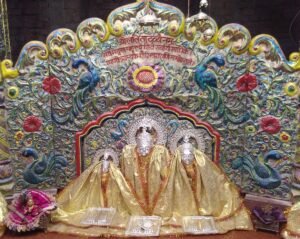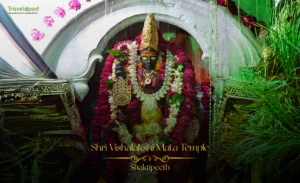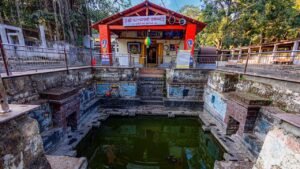51 Shaktipeeth
The 51 Shaktipeeth of Maa Durga
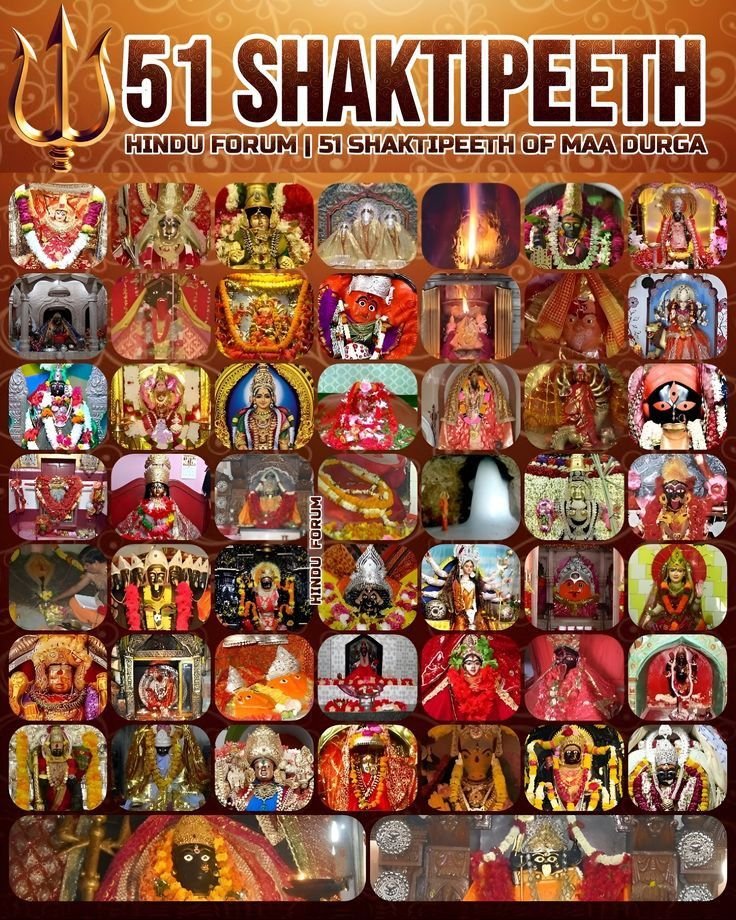
The Sacred 51 Shakti Peethas – Symbol of Divine Feminine Power
1. Origin and Mythological Background
The story of the Shakti Peethas begins with the Daksha Yajna episode. Goddess Sati, the daughter of King Daksha, was deeply humiliated when her father insulted Lord Shiva, her consort, during a grand sacrifice. Unable to bear the dishonor, she self-immolated in the sacred fire. Grief-stricken, Lord Shiva carried her charred body across the universe, performing the Tandava, the dance of destruction. To save creation from dissolution, Lord Vishnu released his Sudarshana Chakra, cutting Sati’s body into several pieces. Wherever these body parts, ornaments, or even drops of blood fell, they consecrated the land, giving rise to the Shakti Peethas.
Thus, each Shakti Peeth is more than a temple—it is a living embodiment of the cosmic energy of Shakti.

2. Symbolism of Shakti Peethas
The Shakti Peethas represent the unity of Purusha (Shiva) and Prakriti (Shakti), symbolizing that neither consciousness nor energy can exist independently.
Each Peeth reflects a particular form of Shakti (Goddess) and her consort Bhairava (Shiva in a guardian aspect).
They collectively show the omnipresence of the Mother Goddess, whose energy permeates the entire universe.

3. Main Features of Each Peetha
At every Shakti Peetha, the Goddess is worshipped in a specific manifestation. Each shrine is associated with:
A body part or ornament of Sati that is believed to have fallen there.
A form of the Goddess (Shakti) worshipped with a special name.
A form of Shiva (Bhairava) who serves as her protector.
For example, at Attahas in West Bengal, Sati’s lower lip is believed to have fallen, where she is worshipped as Phullara and Lord Shiva as Vishwesh. Similarly, at Ujjain’s Harsiddhi Temple, Sati’s elbow is said to have fallen, and the Goddess is worshipped as Avanti.

4. Geographical Spread
The Shakti Peethas are not confined to one region but spread across the length and breadth of the Indian subcontinent. In India, they are located in states like West Bengal, Assam, Odisha, Madhya Pradesh, Rajasthan, Maharashtra, Gujarat, Jammu & Kashmir, Himachal Pradesh, Uttar Pradesh, Tamil Nadu, Andhra Pradesh, and Kerala. Beyond India, famous Shakti Peethas include Kamakhya in Assam, Hinglaj in Pakistan, Chandranath in Bangladesh, Janakpur in Nepal, and Ketheeswaram in Sri Lanka.

5. Spiritual Importance of Visiting 51 Shakti Peethas
Pilgrimage to the 51 Shakti Peethas is believed to be one of the most sacred acts of devotion. Each temple carries its unique vibration, connected to the specific body part of Sati that sanctified the site. By visiting them, devotees symbolically reconnect with the wholeness of the Divine Mother. Together, these shrines teach the inseparability of Shiva (consciousness) and Shakti (energy). For Shakta devotees, they are not just temples but powerful energy centers where divine grace flows abundantly.

















































